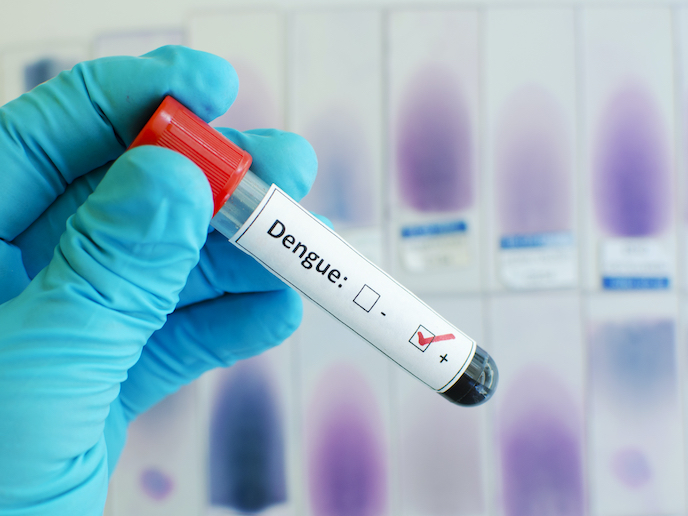Genetically modified mosquitoes infrastructure
With climate change and increasing international trade and tourism, the threat of mosquito-carried disease is spreading. Conventional control methods based on insecticide use are struggling to meet the challenge. The ability to target specific essential mosquito genes and to introduce genes from one species into another using transgenic technology will enable the control of spread at the genetic level. The EU-funded INFRAVEC(opens in new window) (Research capacity for the implementation of genetic control of mosquitoes) project integrated mosquito genetics expertise with unique mosquito rearing and confined-release infrastructures. The consortium, which comprised 31 academic and industrial laboratories, also offered researchers from across Europe access to these cutting-edge facilities. The multi-centre facility created and made available a comprehensive mosquito line repository for both genetically modified (GM) and field-derived mosquitoes. INFRAVEC developed a database containing genetic and biological information of each line and ensured that agreed standards were implemented across different laboratories. It also ensured that external users have access to a unique collection of mosquito lines upon request through the INFRAVEC website. In addition, the consortium supported the development of high-throughput technology for the automated sorting of large numbers of mosquitoes. It built an instrument that can daily separate hundreds of thousands of mosquito larvae based on the expression of fluorescent markers in tissues and organs. The technology proved extremely useful in dramatically increasing the yield of mass rearing and throughput of genetic screens. The two mosquito vectors provided for under this research infrastructure were Anopheles gambiae, the main vector of malaria, and Aedes albopictus, a vector carrying viral diseases that continues to spread. Genetic research resources for Ae. albopictus were previously limited, but were expanded under the project. Researchers also compared the population structure of Ae. albopictus in its native habitat with populations that have recently colonised Europe in order to identify genetic changes that may be associated with the spread of new populations. The project's ultimate goal was the controlled release of GM mosquitoes. To this end, a confined-release facility was developed that enabled researchers to study the viability, competitiveness and safety of GM mosquitoes. Mosquito-borne diseases are on the rise and spreading around the globe, aided by climate change and increased trade and tourism. INFRAVEC successfully brought together experts in mosquito biology, genetics, epidemiology and genetic engineering to boost research and combat the spread of disease-carrying mosquitoes that pose a significant threat to public health.







